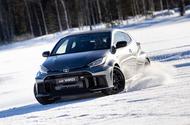Our man found the GR Yaris’ chassis was supremely balanced
Jyväskylä in Finland plays a key role in refining the new hot Yaris – we meet the engineers who were told to break it
Kievari Rantapirtti, located about 30 miles outside Jyväskylä in the heart of Finland’s ‘1000 Lakes’ region, is occasionally referred to as the ‘House of Kalle’.
Rovanperä, that is: the double World Rally Champion grew up just minutes away and honed his preternatural driving talents at the forest complex, on both its gravel tracks in summer and its frozen ice lake in winter.
Now it’s my turn on that frozen lake – and I’m behind the wheel of a Toyota GR Yaris to boot. Ice is the perfect canvas on which to showcase the hot hatch: power hard into a corner, dab the brakes, turn the wheel, then hit the accelerator, using the throttle pedal to control the slide.
So supremely balanced is the chassis of the GR Yaris that I can almost hear an enthusiastic Finn roaring his approval. “Turn, turn, brake, power, power, power. Yessss, more power!”
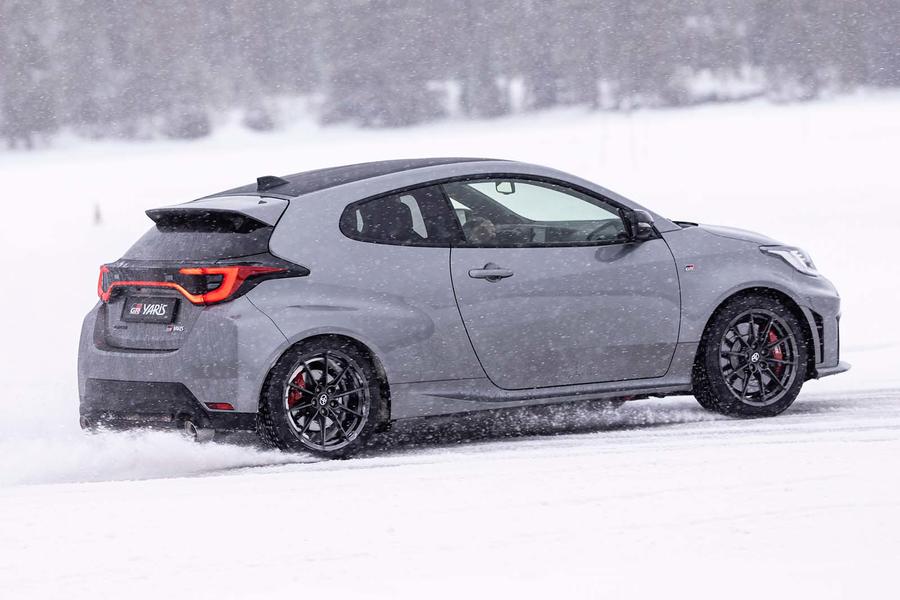
Except the enthusiastic Finn isn’t in my head: his name is Cedric and he is sitting in the passenger seat of the GR Yaris, offering tuition intended to turn me from Bumbling Brit into Flying Finn. Cedric is the son of Esko Reiners, who runs a rallying parts supply business and school that has a fleet of such Toyota hot hatches.
He also has some experience here: the first car he ever drove was a Group N Subaru Impreza. On this frozen lake. When he was 10.
That sort of passion for rallying and the need in winter to tackle tricky driving conditions on narrow, undulating roads perhaps explains why this region – home to Finland’s round of the WRC – has produced so many rally drivers. There’s Rovanperä, of course, and his dad Harri.
Then there’s Mikko Hirvonen, Henri Toivonen (plus his circuit-racing brother Harri) and four-time WRC champion Tommi Mäkinen, among others.
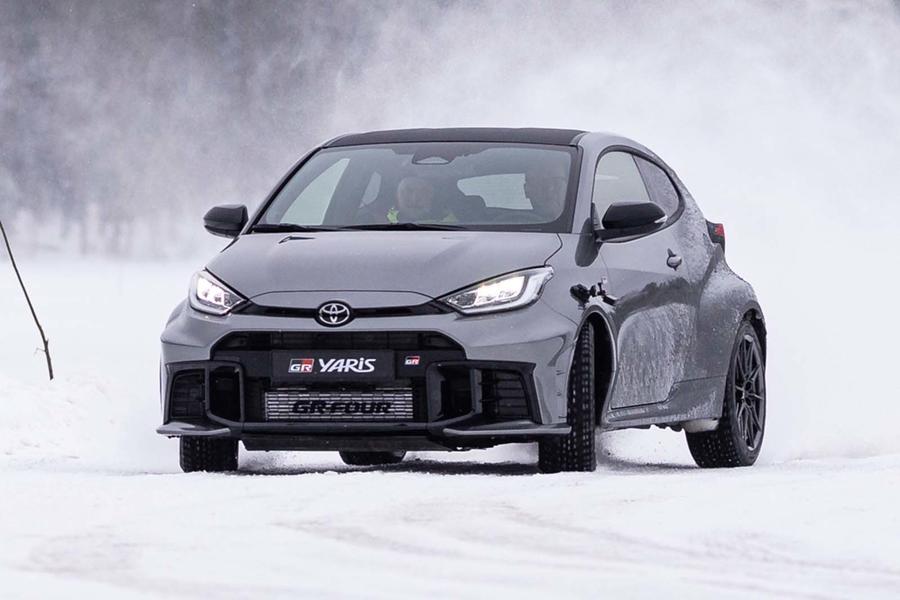
But Jyväskylä no longer just produces rally drivers: since 2017, it has been the home of Toyota’s all-conquering World Rally team – which also makes it the spiritual home of the GR Yaris.
The stories of the WRC programme and the hot hatch are intertwined – and have their roots right here. In fact, the GR Yaris is as authentically Finnish as the moose heads that dot the walls of Rantapirtti’s main cabin.
When Toyota president Akio Toyoda first met Mäkinen, the pair quickly bonded over a love of rallying. So when Toyoda wanted a test mule to evaluate a potential return of the Japanese firm to rallying’s top flight (and in turn a new road-going hot hatch), he called up the Finn.
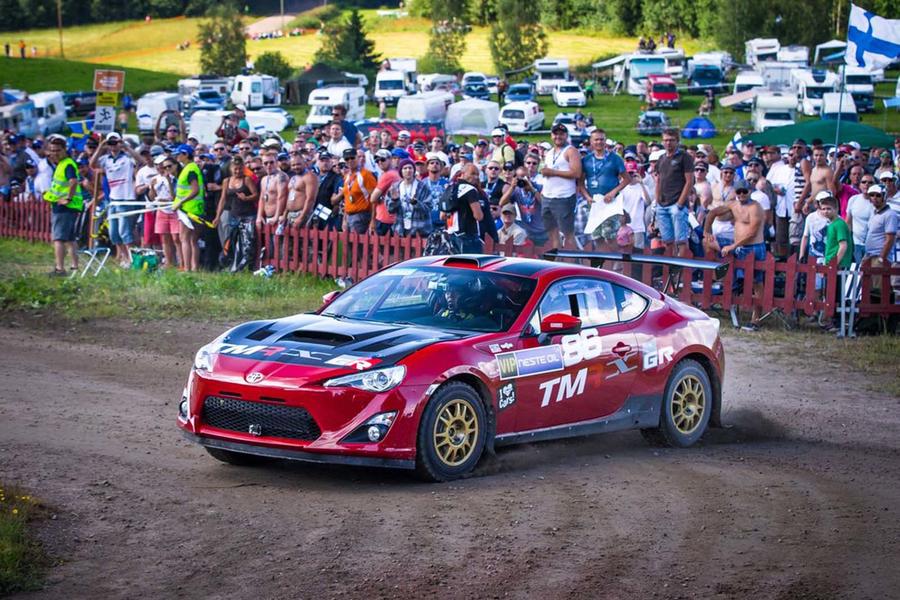
After retiring from driving, Mäkinen had focused on farming but also ran his own rally team. He met Toyoda’s brief by taking the running gear of a Group N Impreza and stuffing it into the shell of a Toyota GT86 (which it was hoped could retain its Subaru boxer engine). It made a public outing in Jyväskylä on Rally Finland in 2014, with Mäkinen driving and Toyoda alongside.
That led to a green light for the Toyota WRC project, initially run by Mäkinen’s team from his farm near Jyväskylä, which began competing in 2017. Toyota bought the team outright from Mäkinen in 2020 to take more direct control of the operation, and it soon moved to a new site in the town.
The initial Yaris WRC was based on the standard car and, while incredibly capable, featured some inherent compromises. The GR Yaris road car was conceived to fix them.
This part of the story you probably know: the special architecture, bespoke three-door bodyshell, lowered rear roofline and extended front bumpers of the GR Yaris were all designed to optimise the planned 2021 GR Yaris WRC.
But this wasn’t a traditional homologation special: Toyoda insisted the GR Yaris should be a great road car. So the test mule was brought to the gravel stages close to Jyväskylä, and Toyota’s then WRC drivers were tasked with helping to develop it.
“The important part is that we want to learn from rallying to implement things on the road car,” says rally winner Jari-Matti Latvala, who in 2020 switched from driving for the Toyota Gazoo Racing World Rally Team to being its boss. “It’s not just marketing. In the past I worked for manufacturers where it was all about the marketing, but we want to learn from the WRC and bring it to the GR Yaris.”
Toyota’s Gazoo Racing arm has a simple development mantra: develop, race, break, fix. So when the test mule was first brought to Finland, Latvala and his team-mates were told to break it.
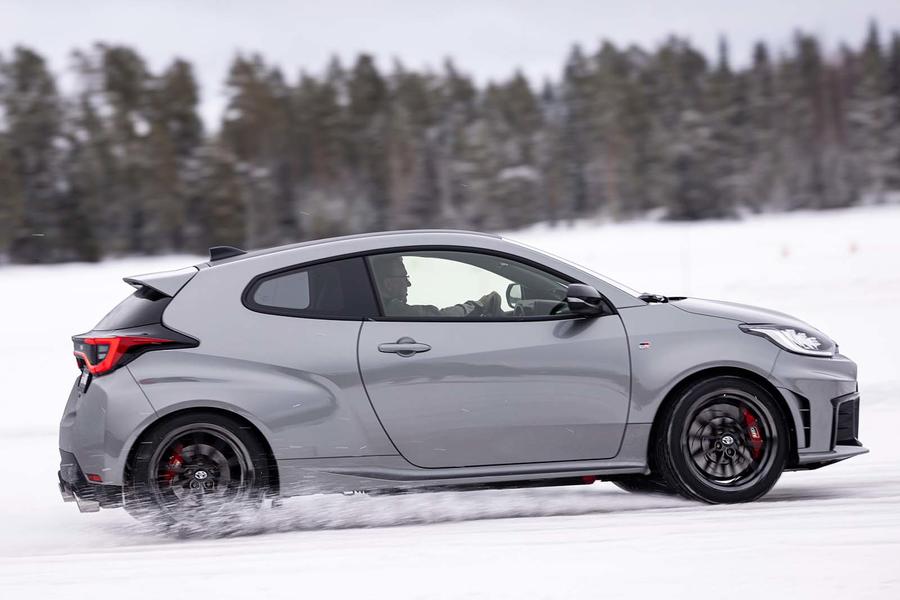
“I pushed the car as much as I could to the limit,” laughs Latvala, who as a driver had a reputation for fearsome speed – and crashing quite a lot.
“We were driving on a gravel track not far from here and we were jumping and the rear axle bent, bent, bent. They were quite happy to see how much it can take. I said: ‘If it can take it with me, don’t worry about customers.’
”Many of the revisions made to the ‘Evo’ version of the GR Yaris reflect how customers have broken them since it was launched: suspension revisions, a new three-part bumper (easier to replace), stronger engine pistons and more. But some changes reflect learning from the GR Yaris Rally1 WRC challenger.
“In a rally car you like to go as low as possible, and in the road car the seat was a bit high, so we tried to go lower,” says Latvala. “We changed the drive mode settings, because when we tested it, we realised we wanted a bit more turning, a bit more pull from the front in the gravel mode, and we changed the other mappings.”
The three drive modes on offer for the four-wheel-drive system are Normal (with a 60:40 front-to-rear balance), Gravel (53:47) and Track, which automatically varies from 60:40 to 30:70. The latter two replace Sport (30:70) and Track (50:50) and are intended to help the car balance better.
The virtuous cycle between road and rally GR Yarises has accelerated this year with the launch of a second-tier car.
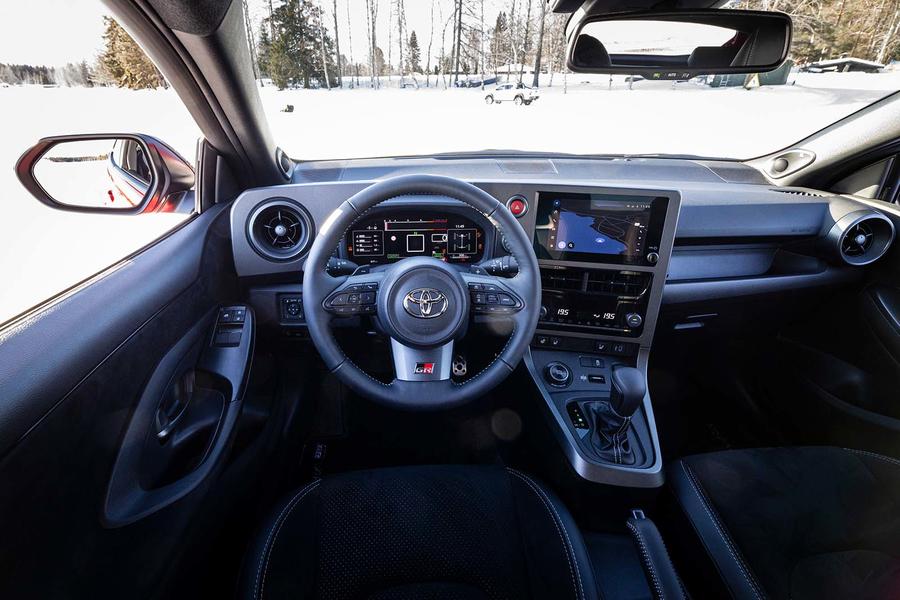
Unlike Rally1, with its bespoke spaceframe machines, Rally2 is a customer category with a price cap and strict rules ensuring that cars are based on production examples – so the developments on the road-going GR Yaris really help make this version competitive.
The shells are taken directly from the Yaris production line before being strengthened and the 1.6-litre three-cylinder turbo engine is based on the example from the road car. It has proven popular: the rally team has sold 50 already, and if you order one now, it will be 2025 before it gets built.
Back to the ice. Having honed my skills somewhat in a first-gen GR Yaris, it is time to try the new one, with both the manual and new automatic gearbox. Cedric has already had a brief chance to drive it and is wide-eyed with enthusiasm, highlighting the extra power and torque, and the improved driving position.
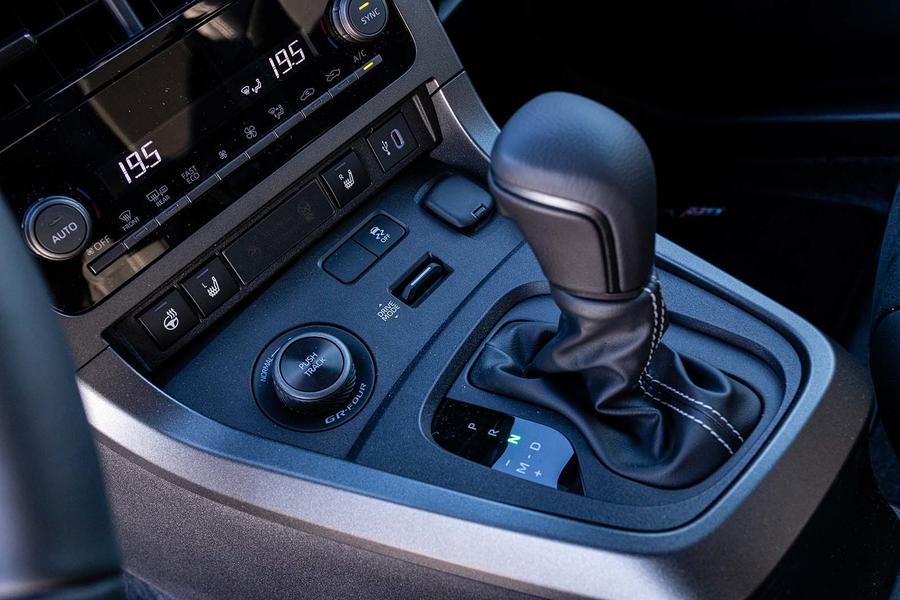
Perhaps more surprisingly, he is also a big fan of the auto ’box, praising its ability to pick the right gear for any situation.
These are still prototypes, which we have already sampled – but not like this. Behind the wheel, it is easy to understand why Cedric is so impressed.
While ice driving isn’t a high-speed pursuit (we never left second gear in the manual), the extra torque gives the updated GR Yaris notably more pace, and the steering is definitely sharper and more direct. The driving position feels that bit more natural, and it feels even more comfortable when sliding.
The automatic is particularly impressive, allowing decent torque to be deployed by holding gears before changing up under hard acceleration and seemingly never changing at the wrong moment.
A Finn might struggle to time their gearchanges better. And, for a few moments, the GR Yaris gives me the confidence that I can slip and slide on ice as well as a local.
I can’t, of course. After I’ve finished driving, Latvala takes me for a lap of the ice in a GR Yaris. It’s a masterclass in car control, Latvala working the wheels and pedals with an innate feel for the grip being offered by the ice. I realise that it’s an ability that you really need to be born here to hold. Much like the GR Yaris itself, then.
Source: Autocar
